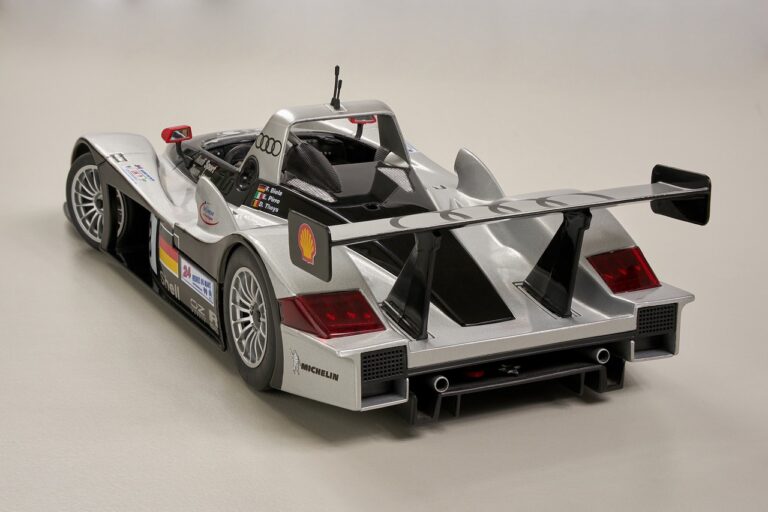The Impact of Electric Cars on Automotive Exports
The emergence of electric and autonomous vehicles has posed a significant challenge to traditional car manufacturers worldwide. As more consumers gravitate towards environmentally friendly and technologically advanced options, companies that have long relied on internal combustion engines and traditional manufacturing processes are facing pressure to adapt or risk falling behind.
Traditional car manufacturers are now forced to reassess their business models, investing heavily in research and development to stay competitive in the evolving automotive landscape. The shift towards electric vehicles, coupled with the rise of ride-sharing services and changing consumer expectations, presents a formidable obstacle for companies accustomed to producing traditional gasoline-powered vehicles.
Shift in Consumer Preferences
Consumer preferences in the automotive industry have undergone a significant transformation in recent years. With the global focus shifting towards sustainability and environmental conservation, there has been a notable increase in demand for electric and hybrid vehicles. Consumers are now placing greater emphasis on eco-friendly options, leading to a decline in the popularity of traditional gasoline-powered vehicles.
Moreover, advancements in technology have played a crucial role in shaping consumer preferences. Features such as autonomous driving capabilities, connectivity, and enhanced safety measures have become key factors influencing the purchasing decisions of modern-day car buyers. As a result, traditional car manufacturers are facing the challenge of adapting to these changing preferences in order to remain competitive in the market.
Challenges Faced by Automotive Exporters
Automotive exporters are confronting various obstacles in their operations today. One significant challenge they face is the increasing competition from emerging markets, which often offer lower production costs and competitive pricing. This puts a strain on traditional exporters who struggle to remain cost-effective while maintaining quality standards demanded by global markets.
In addition, fluctuating currency exchange rates pose another hurdle for automotive exporters. Sudden changes in currency values can significantly impact the competitiveness of exported vehicles, making it challenging for exporters to predict and manage their pricing strategies effectively. This volatility adds an extra layer of complexity to an already competitive and demanding industry.




